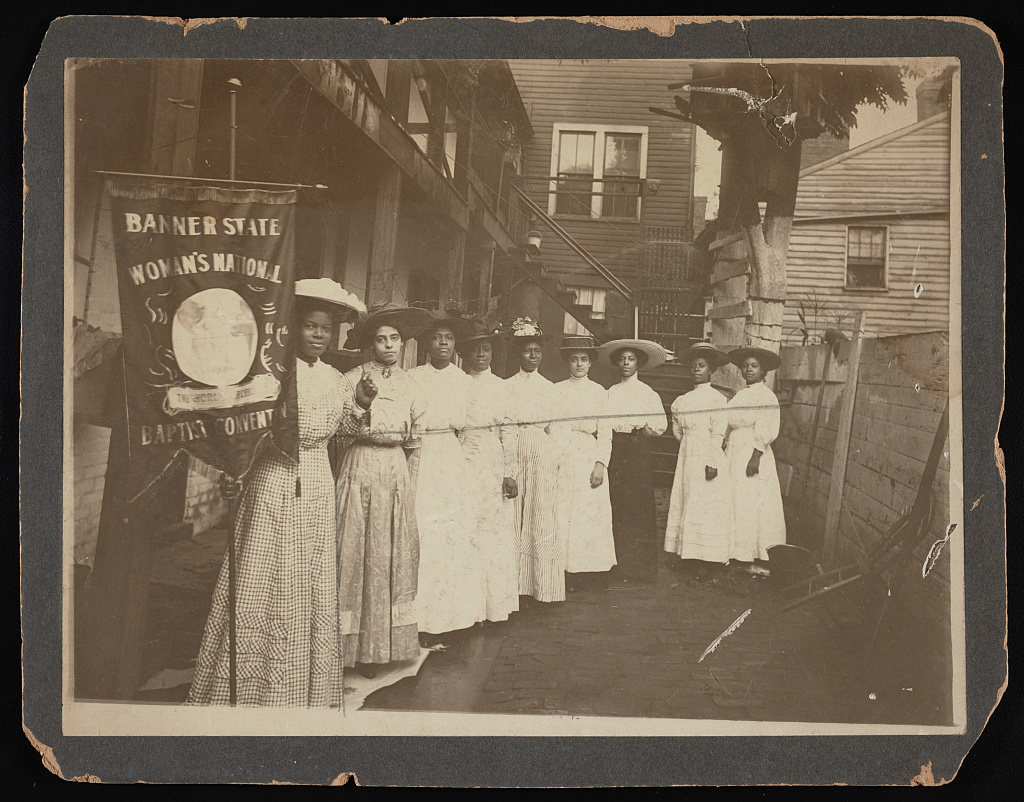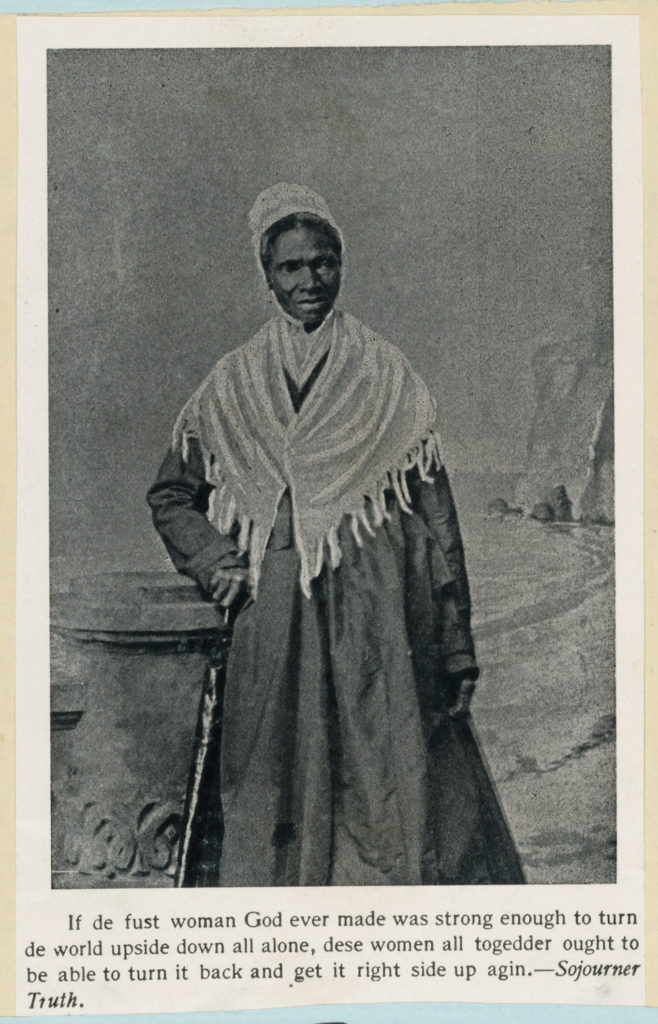Women’s Right To Vote — Is the 19th Amendment Cause for Celebration?

African American Women Endured a Long Wait for Voting Rights
Yes and No, after well over a hundred years there is much work left to be done.
The 100-year quest to make the voices of American women heard on Election Day was met with much fanfare in 1920, when Congress finally ratified the 19th Amendment. This year, the centennial of the milestone has been met with similar fanfare.
Conferences, exhibitions, parades, social media posts and other socially distanced revelries are taking place across the country in celebration of the women’s right to vote. In Washington D.C., major shows have graced the halls of the Library of Congress, the National Archives and the National Portrait Gallery.
“Together, these shows – all curated by women – make up one of the richest explorations of women’s history yet assembled in the capital, or anywhere else,” states an article in The New York Times titled “The Complex History of the Women’s Suffrage Movement.” “But they also offer a lesson in the messiness, complexities and compromises involved in any movement for social change – and the fraught politics of historical memory itself.”
Black women encountered a nightmare in the wake of the 19th Amendment. Going back further, black men were attacked, beaten, hanged and harassed when trying to vote in the wake of the 15th Amendment. Black women faced all that and more even after gaining the entitlement on paper. Perhaps that was the problem.
“For years, the drive for women’s suffrage was presented mainly as the story of middle-class white women and iconic national leaders like [Susan B.] Anthony and [Elizabeth Cady] Stanton,” The Times article continues.” “That story began with the Seneca Falls Convention in upstate New York in 1848 and ended with the triumphant adoption of the amendment on Aug. 26, 1920, which resulted in the single largest extension of democratic voting rights in American history. But in recent decades scholars have taken a less top-down view, emphasizing the movement’s multiple starting points and patchwork progress through hundreds of state and local campaigns. They have also excavated the role of African-American women, who were largely excluded from the major, white-led suffrage organizations and marginalized in the early histories of the movement, if they were mentioned at all.” Women such as Sojourner Truth, Coralie Franklin Cook, Angelina Welde Grimke, Ida B. Cook and many others fought for rights that they would never live long enough to attain themselves.
There are historical anecdotes describing the actions of suffragettes in the north who excluded black women from the cause in order to curry favor from suffragettes in the south. It makes sense, given the prejudice and racism rampant in the nation during that time. While these women wanted to be on equal status with their husbands, they did not want those same rights to extend to black women. In today’s world, tensions have arisen regarding who, what, when and where to triumph and even greater questions as to the whys and hows of the amendment’s significance.
“Did it grant the vote to women?” The Times article states. “Not exactly. Before 1920, 15 states, mainly in the West, already had full female suffrage, while others granted women partial voting rights. And after the amendment, which declared only that states could not discriminate in voting based on sex, millions of women of color were still barred from the polls. Most African-American women in the South, like African-American men, were blocked by poll taxes, literacy tests and other racial barriers, while Native Americans and Asian immigrants were largely excluded from citizenship entirely.”
Robyn Muncy, a curator of the National Archives exhibition titled Rightfully Hers: American Women and the Vote, told The Times, “It’s important to remember how piecemeal a struggle it was. Seeing change as coming in one fell swoop undermines us as citizens, and gives us a false idea about the way change happens.”
It is a sad truth that women in post 1920s America – black and white alike – had to navigate a maze of laws clogging easy access to the polls – law such as literacy tests and tax assessments – as well tyrannical male officials clandestinely representing the Ku Klux Klan.
“When it comes to the story of women’s suffrage and the 19th Amendment, two competing myths dominate,” according to a National Geographic story titled “For Black women, the 19th Amendment didn’t end their fight to vote.” “The first is that when the amendment became law in 1920, all American women won the vote. The second is that no Black American women gained the vote that year. In fact, black women would not gain the right to vote for another 45 years. As we mark the amendment’s centennial, it’s time to replace both falsehoods with history.
“Voting rights in America have always been borne of struggle,” National Geographic reporter Martha Jones wrote. “And the battles women fought 100 years ago – for a constitutional right and against segregationist and discriminatory Jim Crow laws in the South – echo in 2020 as American women continue to work against voter suppression and for full access to the polls.”
Again, it is a sad truth that even after the 15th and 19th Amendments and the Voting Rights Act of 1965, citizens of all heritages still are being denied the right to vote in one way or another.
For information about voting, visit www.vote.org.
Share This



